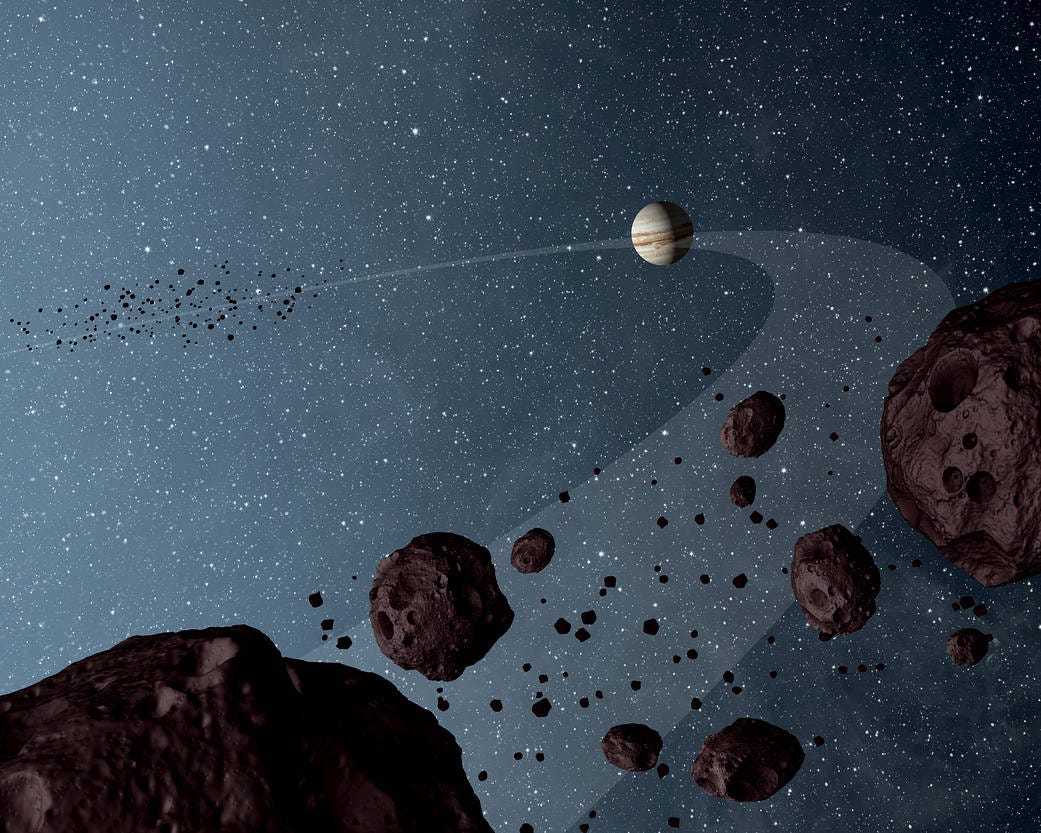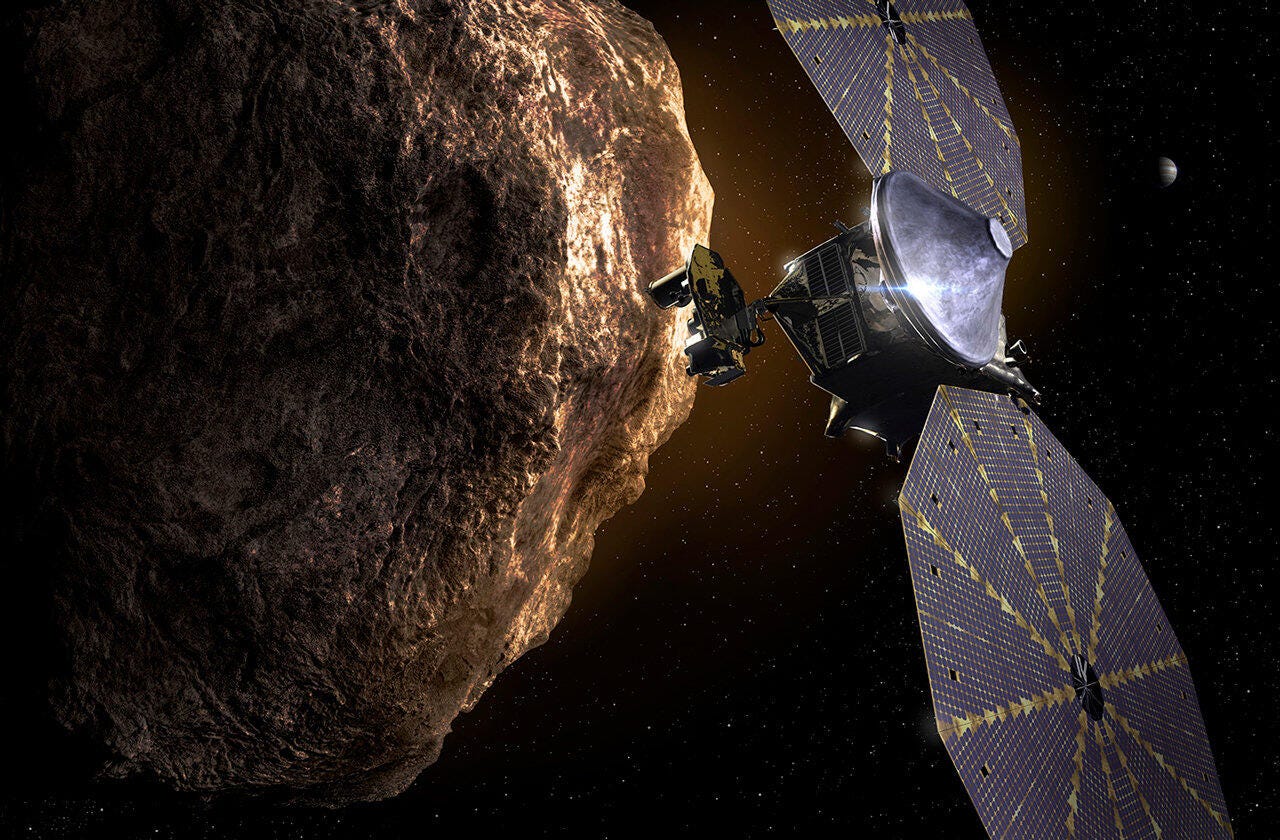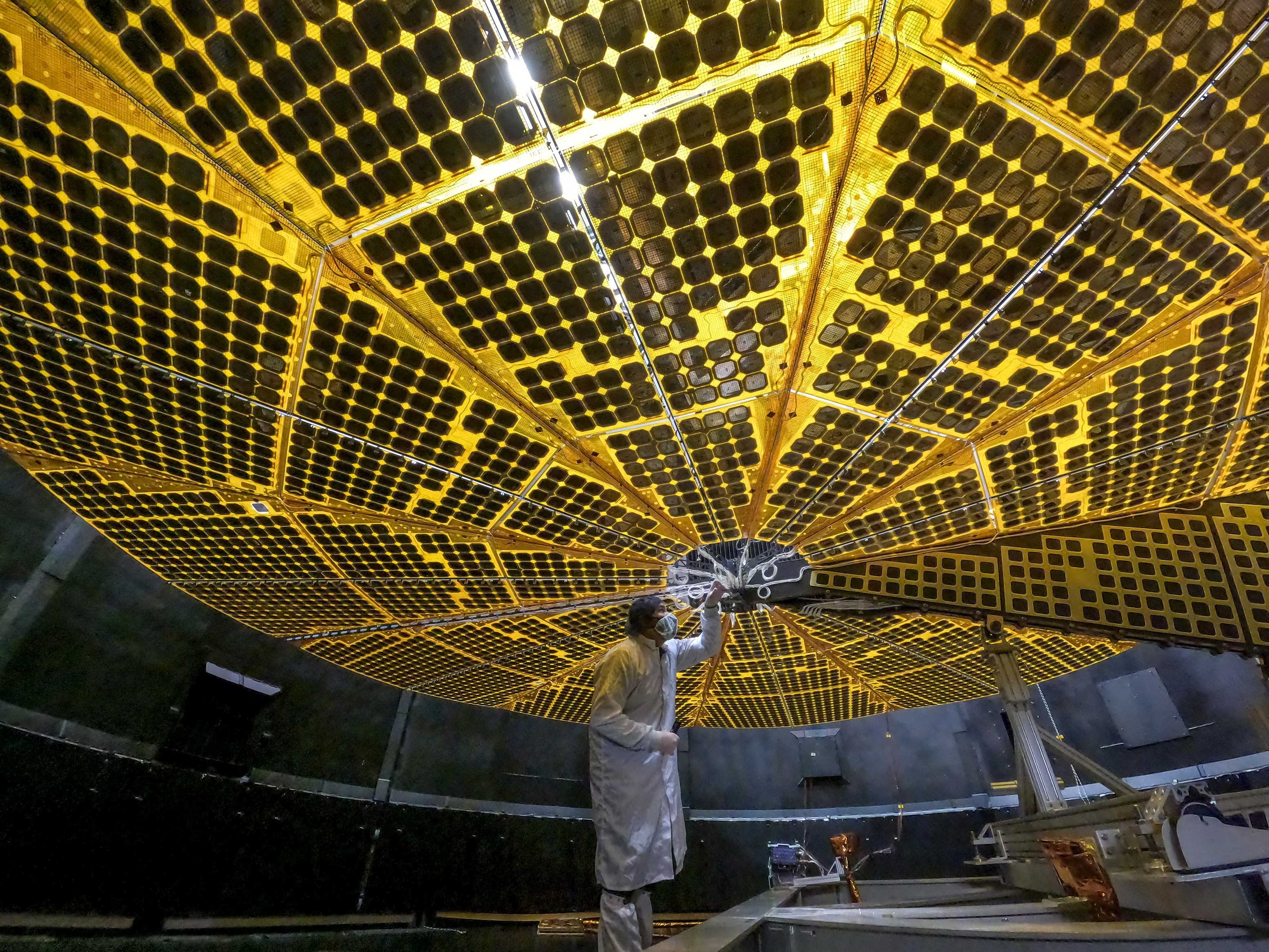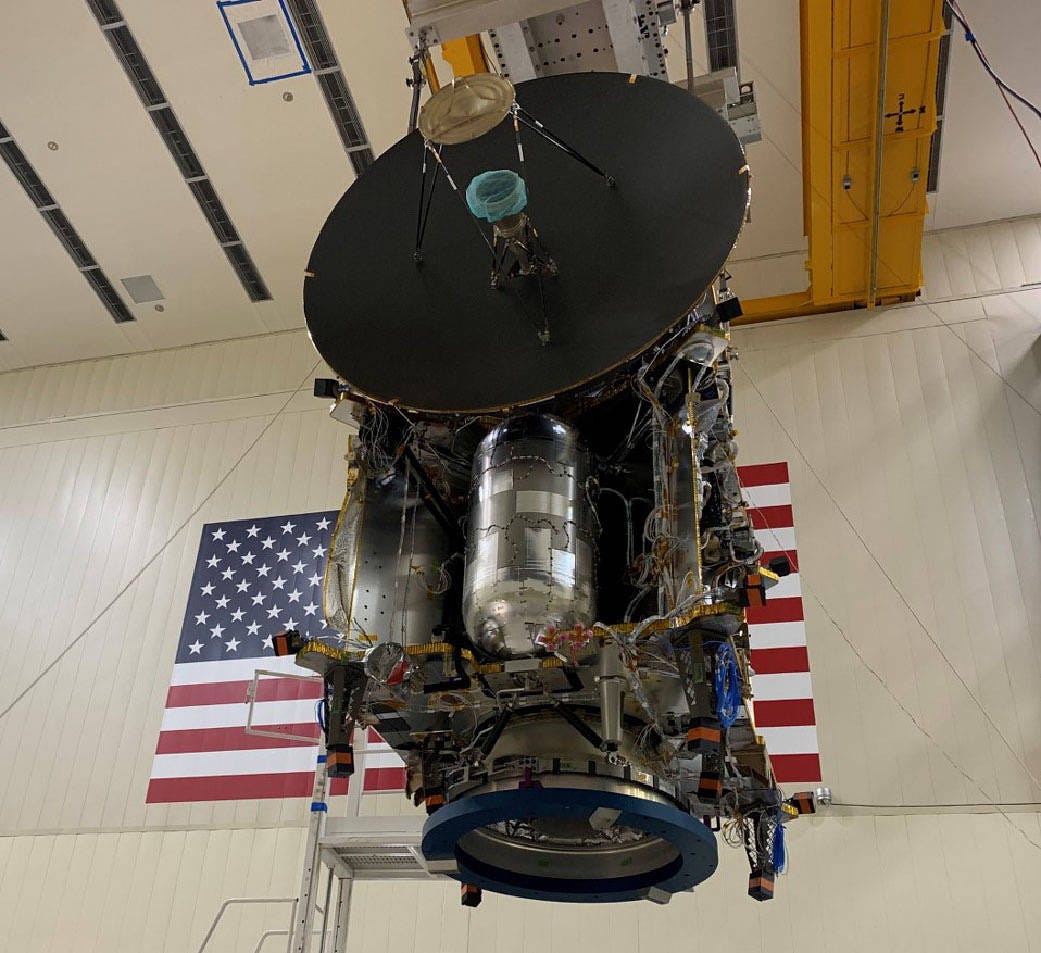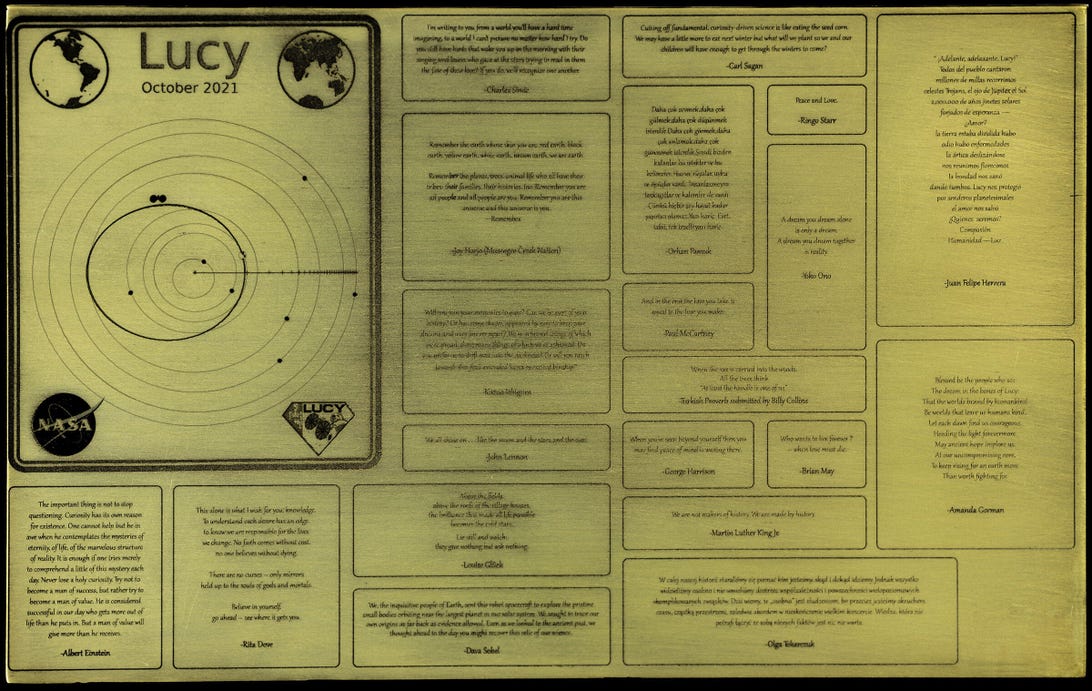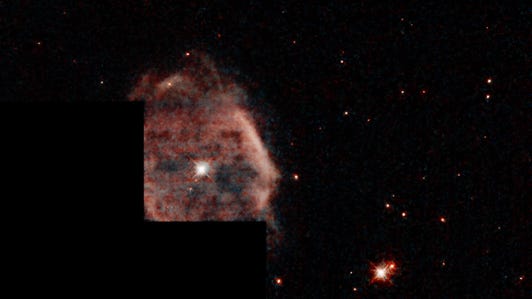Toxic algae blooms are getting worse, but oversight is lacking

Poisonous algae blooms are becoming more common in the US, threatening water supplies and public health. But so far, there are few state or federal guidelines, and local water managers could use some help, a UConn-led team of researchers reports in the September 30 issue of Nature Sustainability.
A massive bloom of green-blue algae in Lake Erie in 2014 forced Toledo, Ohio to warn over half a million residents not to drink or even touch their tap water. It was one of the first times that algae blooms made national news, but it wouldn't be the last. Since then, Salem, Oregon; Lake Hodges in California; and Lake Oneida in New York have had massive blooms. The toxins produced by such blooms can cause numbness, dizziness, convulsions, liver damage and even death.
"They're nasty," says Christine Kirchhoff, Associate Professor and Castleman Professor of Engineering Innovation in the Department of Civil & Environmental Engineering. Some of these toxins, such as liver-damaging microcystins and cylindrospermopsin, can be managed with combinations of chlorine and activated carbon. Other algae toxins like anatoxins and saxitoxins, which target the nervous system, are not easily removed by conventional water treatments. And you can't boil them out of the water. So when a big algae bloom occurs in a reservoir, water managers can struggle to make sure the water is safe.
Kirchhoff and other researchers from UConn and the University of Michigan surveyed public water managers across the United States who manage systems that draw from inland lakes. Such lakes, even extremely large ones such as Lake Erie, are warming and may become more prone to algae blooms due to climate change.
More than half the water managers surveyed said their system had experienced a bloom of harmful algae at least once. Almost a third of the managers said they experienced them at least once a year, and 60% of those who'd had a bloom said they believed the problem was getting worse. Most water managers said they relied on their state agencies and professional associations for advice on how to handle harmful algae blooms in the water supply.
Unfortunately, a lot of state agencies don't have that much to offer on the problem. States take their cues from the US Environmental Protection Agency (EPA), and currently EPA doesn't regulate algae toxins under the Safe Drinking Water Act. Through the Unregulated Contaminant Monitoring Program, EPA did collect data from the treated water of a random sample of water systems across the US a few years ago, and the results showed limited occurrence of toxins in public water supplies.
Kirchhoff says the EPA survey aims to be nationally representative and so cannot rule out the potential for greater risk of toxic blooms at a state or regional level. The Connecticut Department of Public Health had a voluntary algae toxin testing program after the Toledo bloom raised concerns in the state. Systems that submitted voluntary samples for testing did not detect any toxins, and the testing program was discontinued.
Because cyanobacteria behavior is complex, monitoring for algal toxins is also complicated. Sometimes there is no visible bloom, but there are toxins present or there may be toxins in one part of a lake or at one depth and not elsewhere. For these reasons, "I would like to see a longer term, broader monitoring program that uses what we know now," to determine areas at risk here in Connecticut and across the country, to better protect the public, Kirchhoff says.





